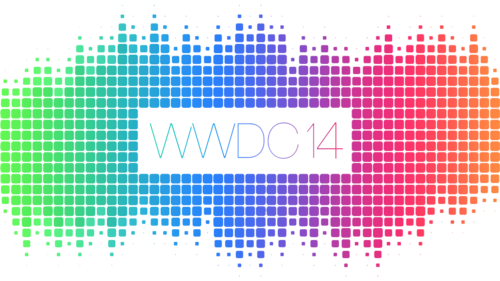As I am sure you have already seen and read, the WWDC 2014 keynote was full of amazing and wonderful things for developers. Although, there wasn’t any mention of iBeacon in the keynote and little mention of proximity, that doesn’t mean that iBeacon was forgotten. It means that it is part of a larger mobility proximity puzzle Apple is solving. A few things are becoming clear:

1. Apple isn’t trying to create a public beacon network. There were prognostications that iOS would allow for discovery of all beacons regardless of which organization deployed them. I doubt this limitation is arbitrary, but rather is something that allows an organization to define their own beacons for their own solutions. As always, the user experience is the foremost consideration, and closely binding the beacons to a customer’s solution helps assure a great user experience. Getting a huge number of arbitrary beacons into the world doesn’t accomplish this if there isn’t a specific solution for a locations’ customers.
2. Running iOS as a beacon in the background isn’t happening. Another “hope” by some was that iOS could advertise as an iBeacon in the background. While this is technically possible, only a single app could advertise as an iBeacon at one time, and this would cause confusion with users as they install different apps that would try to enable this feature and fail. A potential solution to this would be to define a system service that could run as iBeacon in the background, but that would remove the binding of the beacons to a customer’s solution for a great user experience.
3. Beacons are all about proximity, engagement and discovery, not about navigation. Apple has some cool new indoor navigation technology that does not use iBeacon. However, iBeacon is a way to trigger content and engagement when nearby specific areas are at entrances. The new indoor navigation is all about the app being in the front and the actively discovering Wi-Fi signals. This indoor navigation feature is great news for proximity and iBeacon since it allows triggering engagement on iBeacon with nearby interesting areas, but doesn’t try to use iBeacon signals strength for navigation. This means that indoor proximity and navigation options just got a lot richer. App developers and solution providers just got a lot more options for amazing indoor proximity solutions.
4. Beacons advertise as often as they do for user experience. Regardless of the impact to the battery life, beacons advertise multiple times a second to ensure a great user experience. Solutions should provide battery powered versus hard wired beacons based on the deployment realities. Expecting a reduction in user experience for better battery life is not something we should expect from Apple and that is a good thing. It’s also not surprising.
We are entering an era where your iPhone is very much aware of where it is in the world to enhance user experience, and iBeacons play a critical role in that. From the lock screen app recommendations to “Apps near me” to indoor navigation to proximity engagement with iBeacon, iOS 8 is making the iPhone the most proximity aware OS. And that is huge.
Image courtesy of Apple.com
